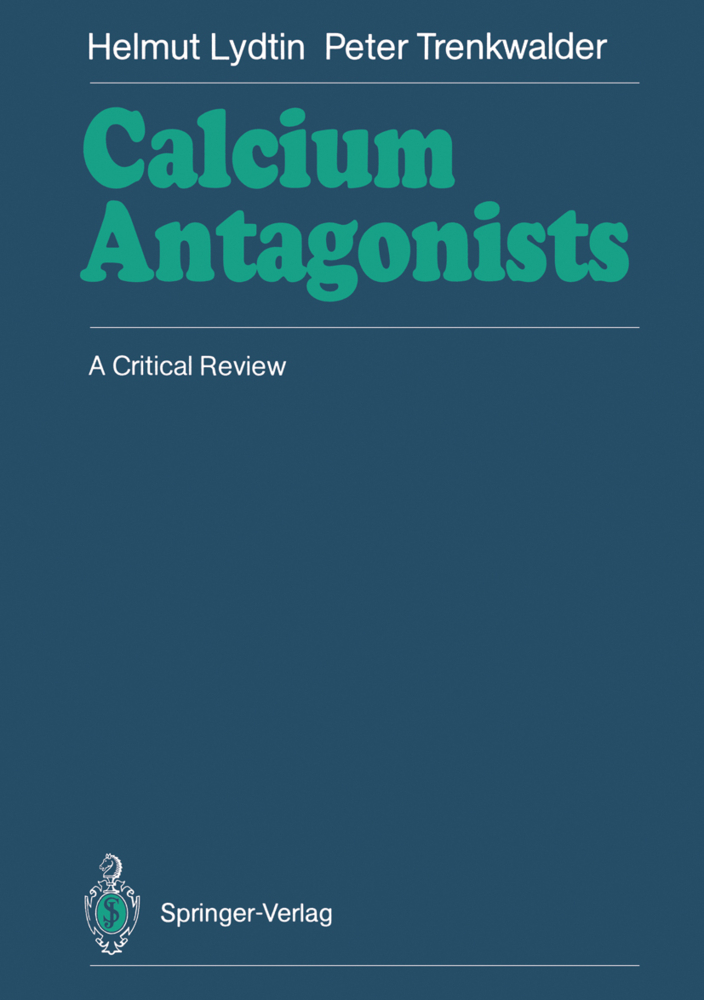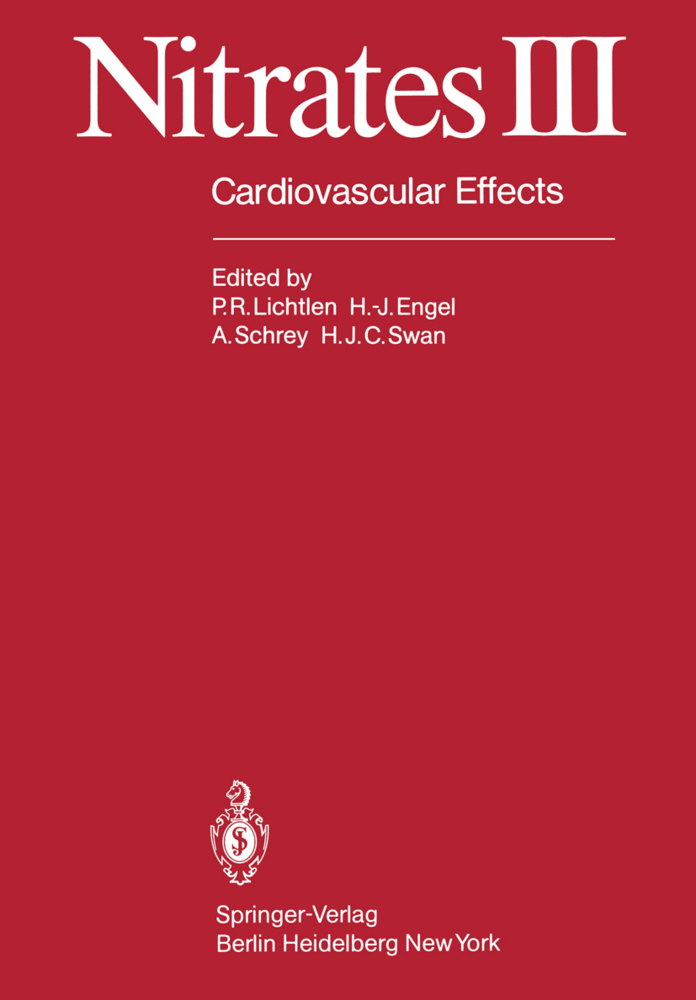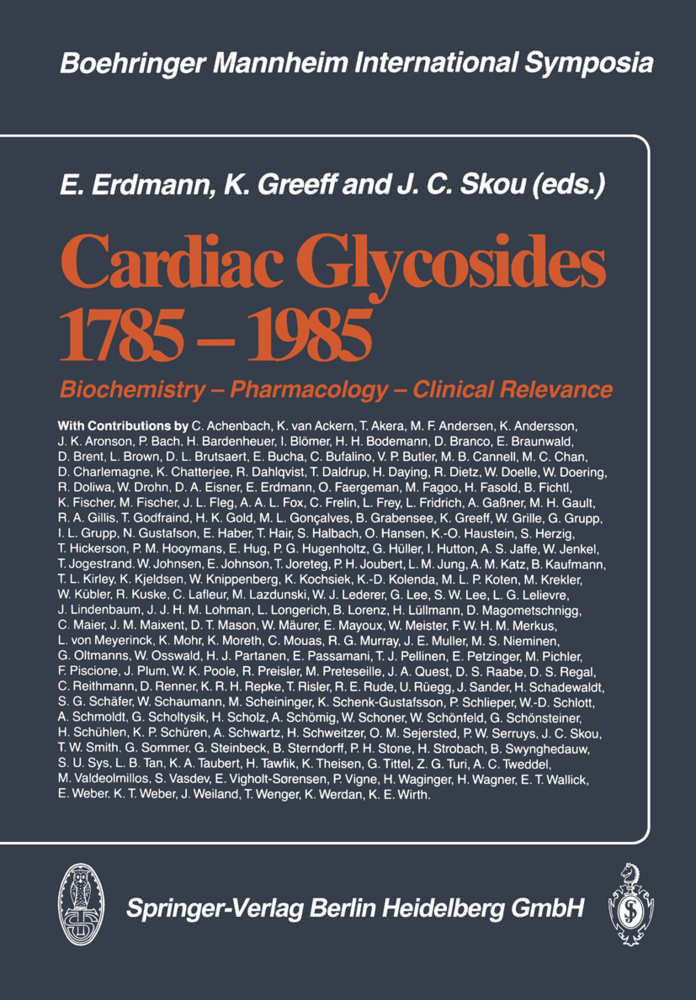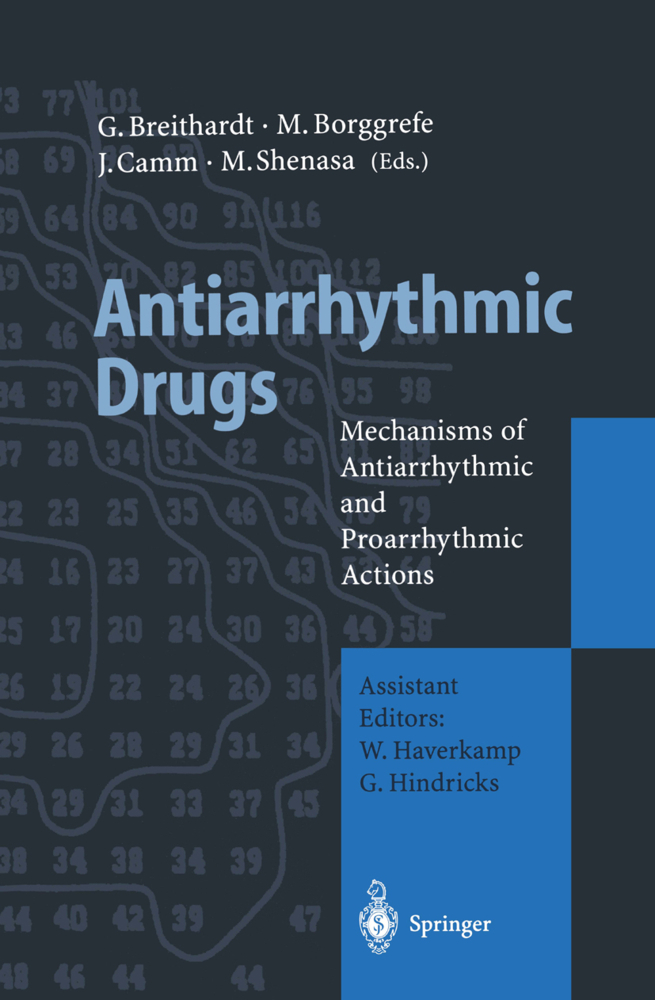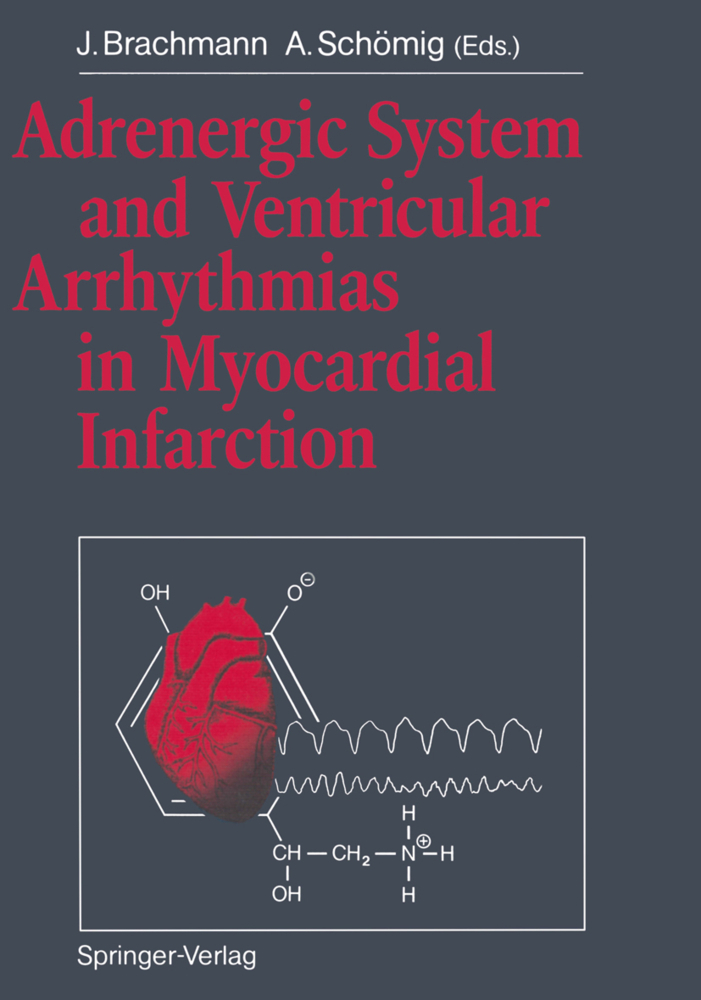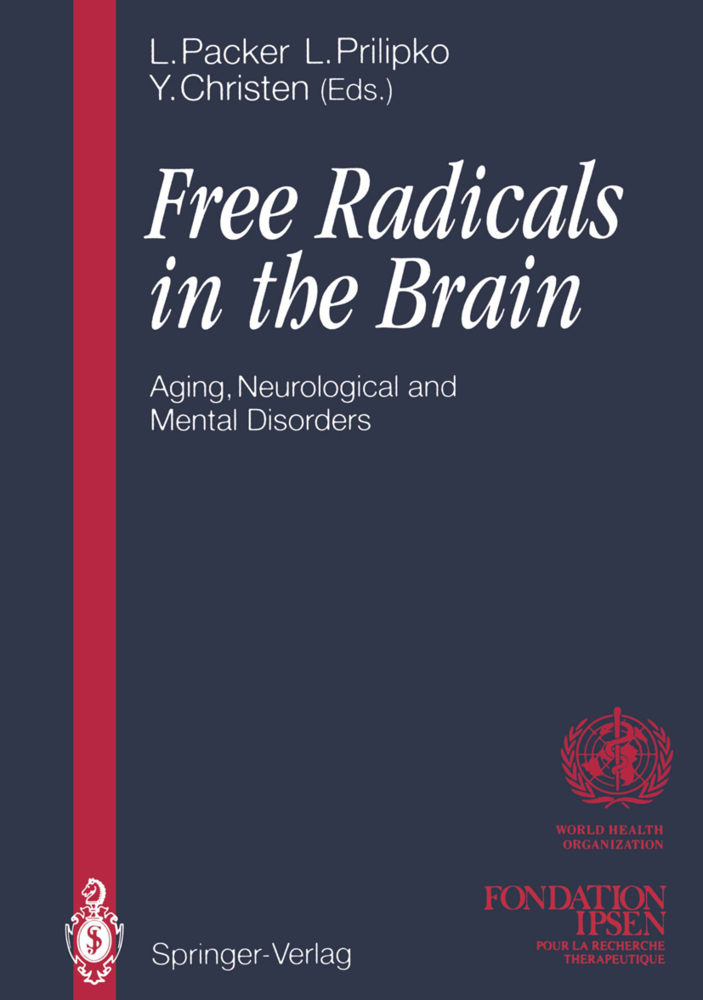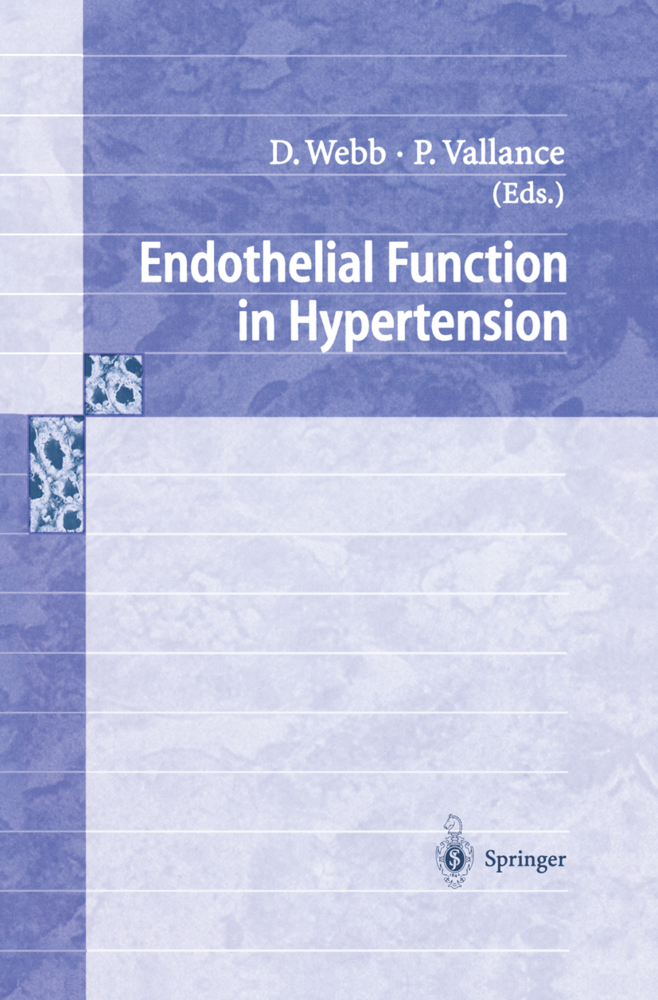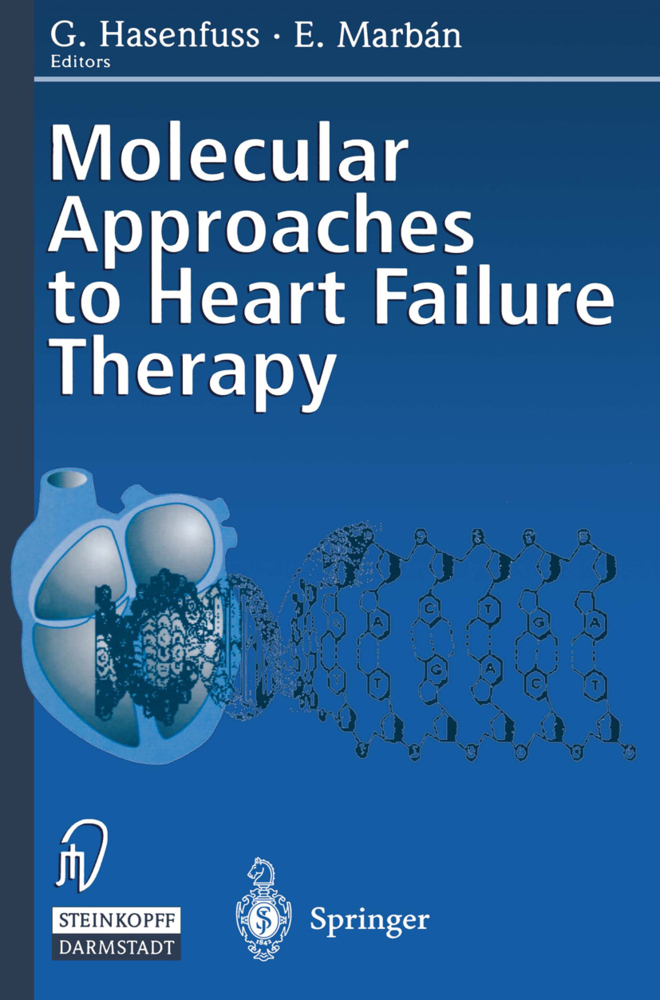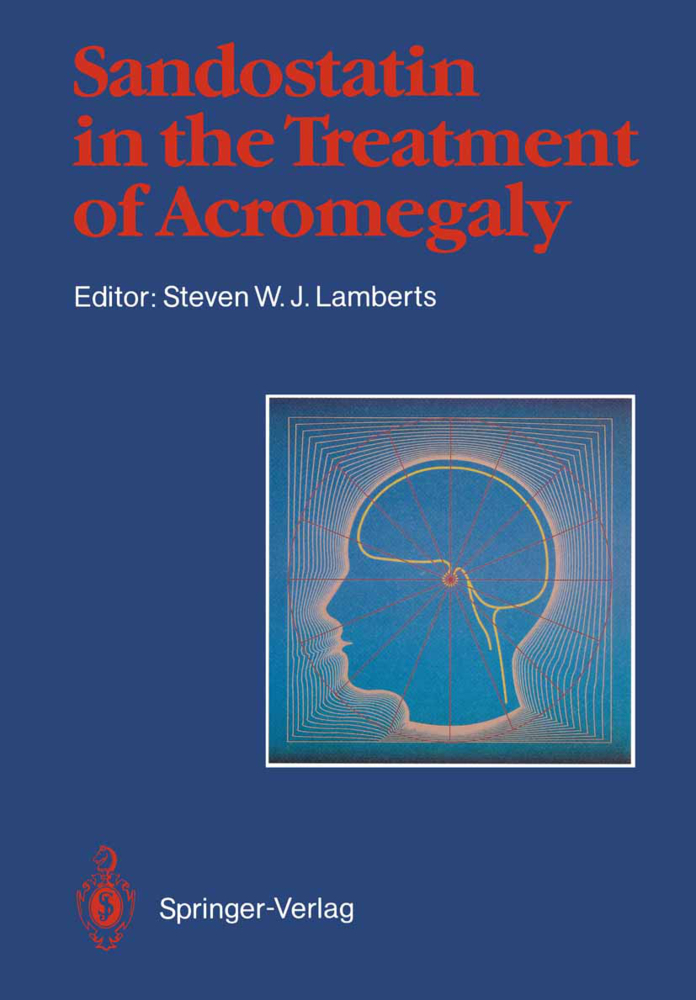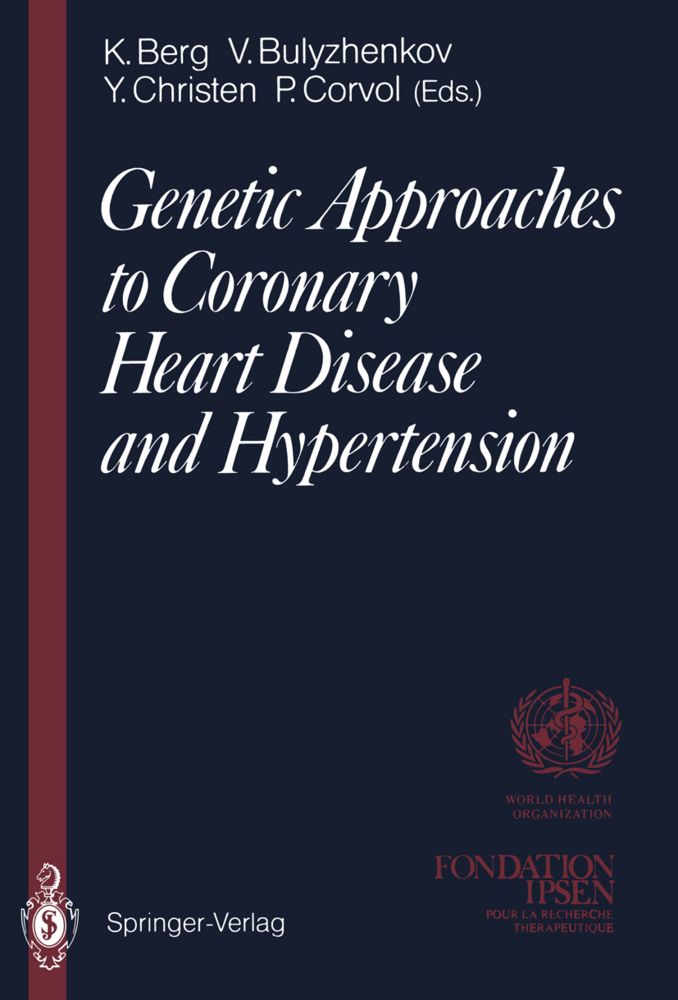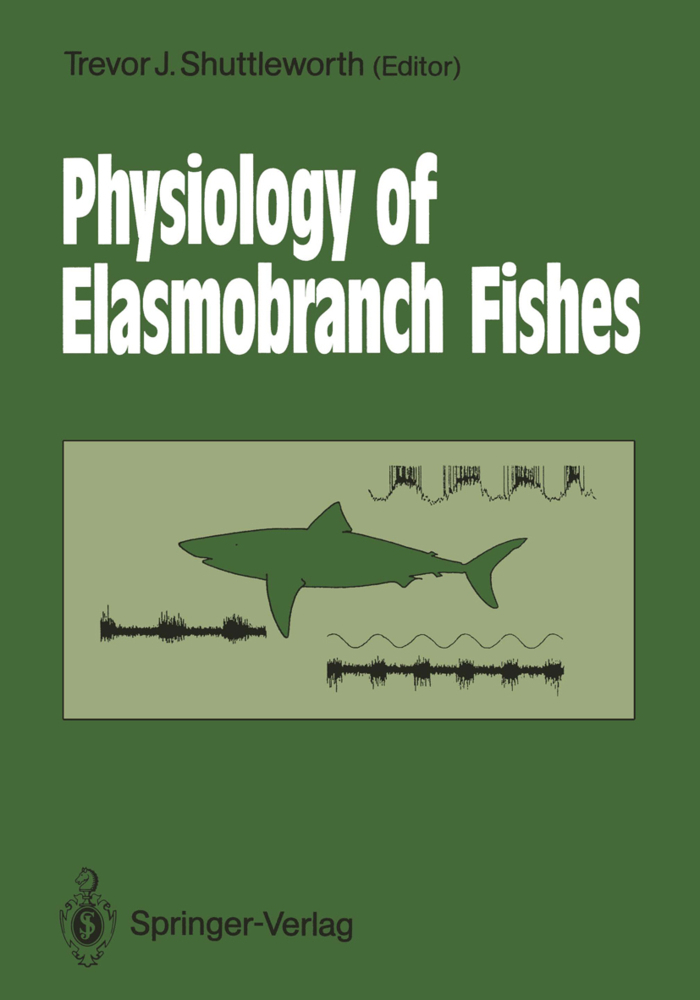Calcium Antagonists
A Critical Review
Calcium Antagonists
A Critical Review
Our research at the Freiburg Physiological Institute over the past 25 years has demonstrated that specific calcium antagonists interfere with all physiological and pathophysiological reactions involving the heart and vessels in which an elevated inflow of calcium ions across the potential-dependent slow membrane channels into the cells is a decisive factor. From the outset, our therapeutic interest has centred on the possibility of inhibiting excessively high levels of transmembrane cal cium influx and thereby reducing the pathogenic consequences of intra cellular calcium overload. For example, all excessive calcium influx evokes contractile hyperactivity, which manifests itself in the myocardial fibres as hyperkinetic reactions and an uneconomic rise in oxygen de mand and, analogously, in vascular smooth muscle cells as increased tonus and spasm. The therapeutic use of calcium antagonists to inhibit excessive mechanical and metabolic activity in the myocardium and to achieve prophylaxis and lysis in smooth muscle spasm was therefore a logical step. The highest potencies of calcium antagonists were found in the vas cular smooth musculature (coronary, cerebral, mesenteric and renal arteries and other systemic resistance vessels). Consequently, calcium antagonists were recognized as the agents of choice for numerous indica tions for vascular therapy. It is well established that calcium ions are also essential for the generation of impulses in cardiac pacemaker cells and for the conduc tion of electrical charges.
1.2 Calcium Antagonism
References
2 Chemical Structure and Pharmacokinetics of Calcium Antagonists
2.1 Chemical Structure
2.2 Pharmacokinetics
References
3 Pharmacological Effects of Calcium Antagonists
3.1 Cardiovascular System
References
3.2 Smooth Muscle
References
3.3 Other Organ Systems
References
3.4 Atherosclerosis - Antiatherogenic Effects
References
4 Indications for Calcium Antagonists
4.1 Coronary Heart Disease
References
References
References
References
References
4.2 Hypertension
References
References
4.3 Cardiac Arrhythmias
References
4.4 Cardiomyopathies
References
4.5 Other Cardiac Indications
References
4.6 Other Vascular Indications
References
4.7 Calcium Antagonists in Neurological Disease (Claudia Trenkwalder)
References
References
References
References
References
References
4.8 Gastrointestinal Tract
References
4.9 Respiratory Tract
References
4.10 Urogenital Tract
References
4.11 Further Indications for Calcium Antagonists
References
4.12 Calcium Antagonists in Anaesthesiology
References
5 Side Effects - Overdosage - Contraindications - Drug Interactions
5.1 Side Effects Directly due to Blockade of Calcium-Dependent Metabolic Processes
5.2 Side Effects Independent of Blockade of Calcium-Dependent Metabolic Processes
5.3 Substance-Specific Side Effects
5.4 Overdosage of Calcium Antagonists: Intoxication
5.5 Incidence of Side Effects
5.6 Contraindications
5.7 Withdrawal of Calcium Antagonists: A Calcium Antagonists Withdrawal Syndrome?
5.8 Drug Interactions in Calcium Antagonist Therapy 232 References
6 Perspective: WhatNext?
References.
1 Physiological Significance of Calcium: Calcium Antagonism
1.1 Physiological Significance of Calcium1.2 Calcium Antagonism
References
2 Chemical Structure and Pharmacokinetics of Calcium Antagonists
2.1 Chemical Structure
2.2 Pharmacokinetics
References
3 Pharmacological Effects of Calcium Antagonists
3.1 Cardiovascular System
References
3.2 Smooth Muscle
References
3.3 Other Organ Systems
References
3.4 Atherosclerosis - Antiatherogenic Effects
References
4 Indications for Calcium Antagonists
4.1 Coronary Heart Disease
References
References
References
References
References
4.2 Hypertension
References
References
4.3 Cardiac Arrhythmias
References
4.4 Cardiomyopathies
References
4.5 Other Cardiac Indications
References
4.6 Other Vascular Indications
References
4.7 Calcium Antagonists in Neurological Disease (Claudia Trenkwalder)
References
References
References
References
References
References
4.8 Gastrointestinal Tract
References
4.9 Respiratory Tract
References
4.10 Urogenital Tract
References
4.11 Further Indications for Calcium Antagonists
References
4.12 Calcium Antagonists in Anaesthesiology
References
5 Side Effects - Overdosage - Contraindications - Drug Interactions
5.1 Side Effects Directly due to Blockade of Calcium-Dependent Metabolic Processes
5.2 Side Effects Independent of Blockade of Calcium-Dependent Metabolic Processes
5.3 Substance-Specific Side Effects
5.4 Overdosage of Calcium Antagonists: Intoxication
5.5 Incidence of Side Effects
5.6 Contraindications
5.7 Withdrawal of Calcium Antagonists: A Calcium Antagonists Withdrawal Syndrome?
5.8 Drug Interactions in Calcium Antagonist Therapy 232 References
6 Perspective: WhatNext?
References.
Lydtin, Helmut
Trenkwalder, Peter
Trenkwalder, Claudia
Fleckenstein, A.
| ISBN | 978-3-642-74889-9 |
|---|---|
| Artikelnummer | 9783642748899 |
| Medientyp | Buch |
| Copyrightjahr | 2012 |
| Verlag | Springer, Berlin |
| Umfang | XVI, 255 Seiten |
| Abbildungen | XVI, 255 p. |
| Sprache | Englisch |

